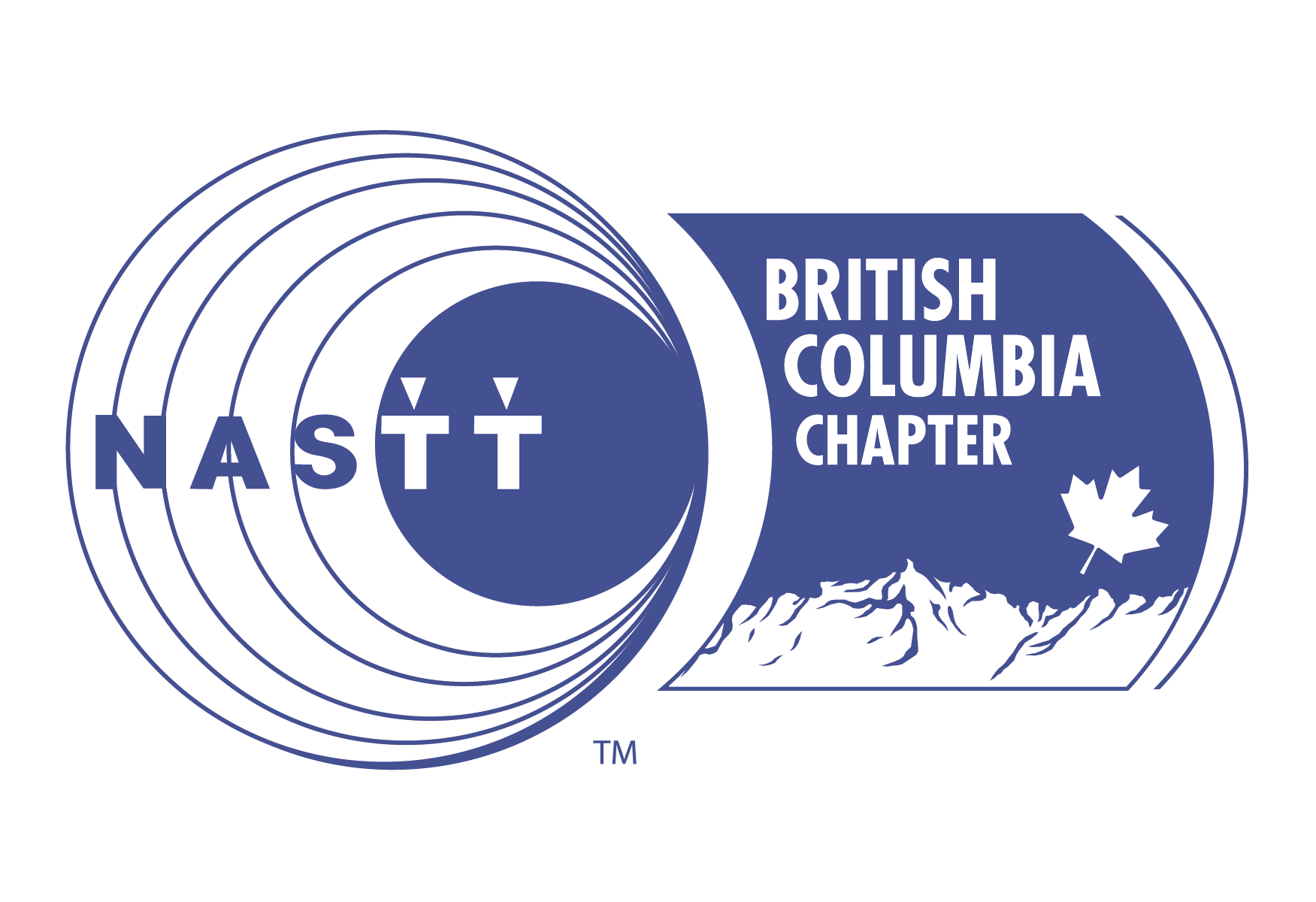 When considering rehabilitation or new installations two items need to be determined: the demands on the system and the associated costs. The costs associated with any construction activity are the direct costs of construction, the indirect costs, the risk to the public, and the operating and maintenance costs of the completed systems. A comparison of the direct construction costs between traditional methods and trenchless technology shows that trenchless methods may be more or less costly, depending on the situation.
When considering rehabilitation or new installations two items need to be determined: the demands on the system and the associated costs. The costs associated with any construction activity are the direct costs of construction, the indirect costs, the risk to the public, and the operating and maintenance costs of the completed systems. A comparison of the direct construction costs between traditional methods and trenchless technology shows that trenchless methods may be more or less costly, depending on the situation.
Direct costs cannot be considered in isolation as it is the indirect costs and the risk to the public that become very important. Trenchless technology offers a great advantage with respect to indirect costs over the traditional trenching methods including: lost access (and therefore lost revenue) to businesses along the alignment, traffic delays caused by temporary closures and detours, reduced life of the repaired road, and delayed costs to tax payers caused by court injunctions to the municipalities for loss of revenue to businesses.
Trenchless technology can reduce these issues as well as the risk to the public with the absence of open trenches in public areas.
The operating and maintenance costs of a system can be decreased by using trenchless methods; for example, by drilling against the grade the number of lift stations and forcemains can be reduced by increasing the number of gravity flow systems. The cost of using trenchless methods does not generally increase with depth as dramatically as with traditional methods.
 The environmental benefits of using trenchless technology cannot be overstated when working near rivers, streams and environmentally sensitive areas such as wetlands which are very challenging to trench safely. The ability to install or rehabilitate utilities without disrupting the surface is essential. Additionally some applications of trenchless technology greatly reduce the overall noise level of a construction project, thereby reducing the disruption to businesss and residents.
The environmental benefits of using trenchless technology cannot be overstated when working near rivers, streams and environmentally sensitive areas such as wetlands which are very challenging to trench safely. The ability to install or rehabilitate utilities without disrupting the surface is essential. Additionally some applications of trenchless technology greatly reduce the overall noise level of a construction project, thereby reducing the disruption to businesss and residents.
In some cases using trenchless methods to repair or upgrade systems will not only stop leaks but increase the structural integrity of the system. If higher flow capacities are called for in the design, trenchless methods can be used to remove the existing undersized pipe and insert a larger one.
The services provided by trenchless technology can be divided into three main categories: maintenance and repair, renovation and upgrades, and replacement or new installations. Trenchess methods can also be used for condition assessment using video cameras.
